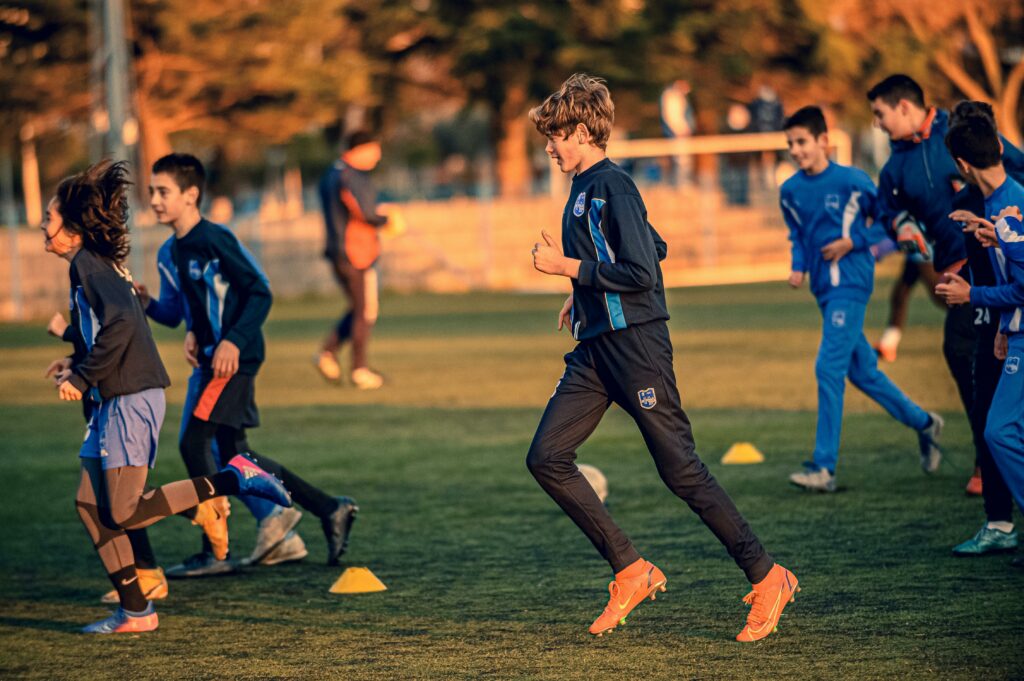Beyond traditional coaching: accessing the unconscious mind
When I first discovered coaching with covert hypnosis, I realized it was far more than a technique, it was a philosophy of connection. Traditional coaching focuses on awareness, goals, and conscious strategies. Yet, so much of our behavior, emotion, and decision-making is guided by the unconscious mind. This understanding changed how I help clients overcome limits, increase performance, and find deeper alignment.
Going deeper than awareness
Traditional coaching is already about facilitation, reflection, and helping clients build awareness — not giving advice or directing action. Covert hypnosis builds on this foundation, taking the process deeper. By engaging with subtle cues, emotions, and unconscious patterns, it uncovers the root causes behind behaviors and decisions that conscious awareness alone may not reach. Clients remain fully in control, guided by curiosity and empathy, while transformation arises from profound, internal shifts rather than surface-level insight.
Unlocking inner intelligence: a transformation from deep inside
While conventional coaching encourages conscious problem-solving, covert hypnosis creates moments where the analytical mind relaxes. In these gentle spaces, clients’ inner intelligence reorganizes old, disempowering programs. Change happens spontaneously from within, effortless and permanent, rather than facilited from outside.
The neuroscience advantage: why it works?
Research shows that during hypnotic states, the brain’s default mode network quiets while areas linked to focus, attention, and emotional regulation activate. This allows insights to emerge naturally and neural pathways to rewire more effectively. By combining the relational power of coaching with these brain mechanisms, covert hypnosis amplifies the potential for lasting change beyond what traditional methods typically achieve.
Experiencing change, not forcing it
Clients often describe these sessions as deeply transformative. Change through covert hypnosis comes from the inside out, bypassing the conscious mind’s usual resistance. While some moments can feel unsettling or even frustrating — because the rational mind resists shifts that challenge familiar patterns — these experiences are part of the process. Over time, new behaviors, feelings, and choices begin to emerge naturally. The transformation is not forced; it is self-sustaining, deep, and lasting.
Observing subtle signals that traditional coaching misses
As a hypnotherapist, I observe micro-expressions, gestures, and shifts in breathing that often escape conscious awareness. My role is not to judge, but to explore these signals with curiosity and compassion. This allows the unconscious mind to surface patterns that guide emotions and behaviors , a depth conventional coaching rarely reaches.
Facilitating deep unconscious reprogramming
Traditional coaching often stops at awareness or conscious strategies. Covert hypnosis goes further: once patterns are recognized, I facilitate understanding that releases what blocks transformation. Focused attention and safety allow the brain to form new neural associations naturally, supported by neuroplasticity research. Reprogramming occurs internally, and clients notice spontaneous evolution in thoughts, reactions, and choices.
Integration instead of temporary fixes
When change relies solely on the analytical mind, results can be temporary. Covert hypnosis fosters cooperation between conscious and unconscious parts of the self. Clients embody change at mental, emotional, and physiological levels, resulting in transformations that feel organic, complete, and enduring.
Ultimately, coaching with covert hypnosis is not about techniques or control. It’s about trust, presence, and listening beyond words. By reconnecting the conscious and unconscious mind, profound transformation occurs quietly, gently, and for good — delivering what conventional coaching alone often cannot.

